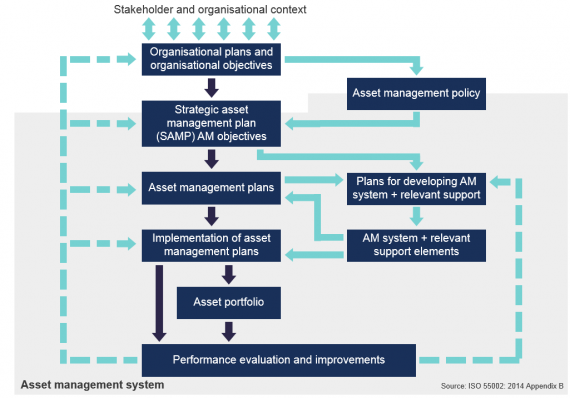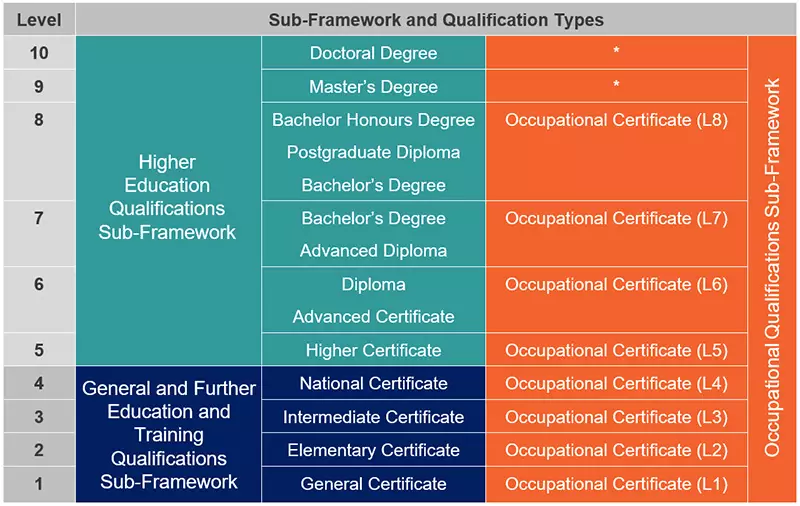Why do so many asset management strategies never succeed? If this is your experience, it might be because you didn’t develop and implement a strategic asset management plan (SAMP) to help you specify how your organisational objectives should be converted into asset management objectives. And, according to ISO 55000’s definition of a SAMP, you might not have given attention to the development of specific asset management plans or the role of the asset management system in supporting achievements of the asset management objectives.
The value of a SAMP
The beauty of a SAMP lies in its detail and practicality. It precisely defines the guidelines, standards, processes and initiatives that you will implement at your plant in order to:
- achieve your AM objectives
- realise the intentions defined in the AM policy
- address the identification and mitigation of specific risks
- make appropriate provision for funding for the respective asset life cycle stages, and
- ensure your assets have the capacity and capability to meet the expected demand for products and/or services over the assets’ planned lives.
The SAMP will help you prioritise improvement initiatives, define the expected benefits and set the major milestones with specific responsibilities. Your asset management functions will have sufficient information, direction and guidance to develop technical asset management plans.
This ISO 55000: 2014 infographic illustrates the flow.

Pragma’s approach to the development of a SAMP
Apart from combining our own expertise, methodologies and best practices with the requirements and guidelines provided by ISO 55000 and the GFMAM landscape, we make sure that we listen and learn as much as possible from your team. We take a great deal of care to ensure that we involve your team in the development of the SAMP and put proper change management in place for the successful adoption and utilisation of the SAMP. An engaged team that embraces and supports the SAMP is essentail for good results.
The asset information we include in the SAMP
The SAMP is a comprehensive plan that covers a large scope of asset-related information such as:
- asset type/class description
- the role of the asset/s
- asset population and age statistics for in-service assets
- asset characteristics, covering asset criticality and asset health indices
- asset performance information
- a summary of the life cycle activities for each asset class (planning, delivery, operations, maintenance and disposal and divestment).
When we gather the information to draw up the above, we assume that all asset management static and transactional data is correctly recorded and maintained in your EAM system.
Application areas of the SAMP
When completed, the plan we draw up for you comprehensively covers a range of physical elements in your organisation such as sites and areas of deployment (by name); asset systems and types; relevant staff, contractors and service providers who are involved in asset management related activities. It clearly indicates what and who is included or excluded.
A consolidated document construction
We design the SAMP as a multi-faceted collection of related information elements of various media types to enable the most efficient visualisation. This master document contains unique or summary information with references and/or hyperlinks to the detailed source data. We help you set up a fixed folder template to store all your source data.
Implementation and review
Once we are satisfied that the SAMP is fully developed, we agree with you on how it will be implemented and reviewed. We find that leadership commitment, clear and frequent communication and the implementation of structures and governance improve the SAMP’s usage success rate.
A scheduled review process helps to keep the SAMP applicable as it makes provision for changing circumstances and new organisational objectives.
If you need to translate your asset management challenges and requirements into a strategic asset management plan, you can speak to us.



